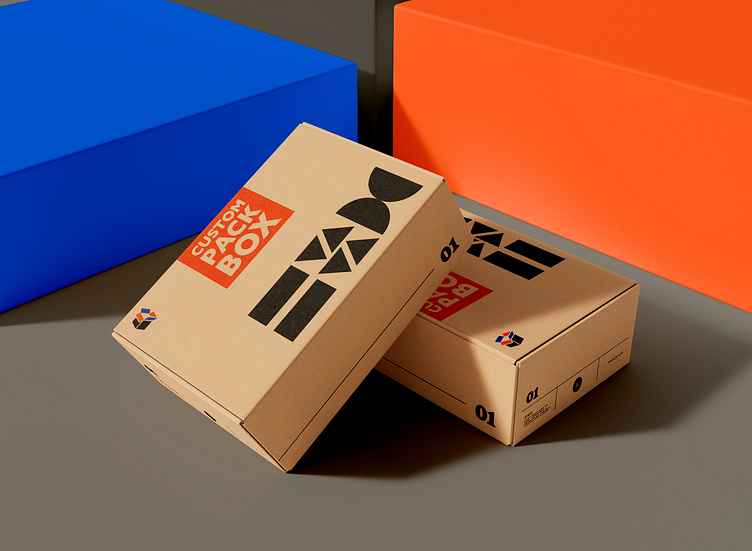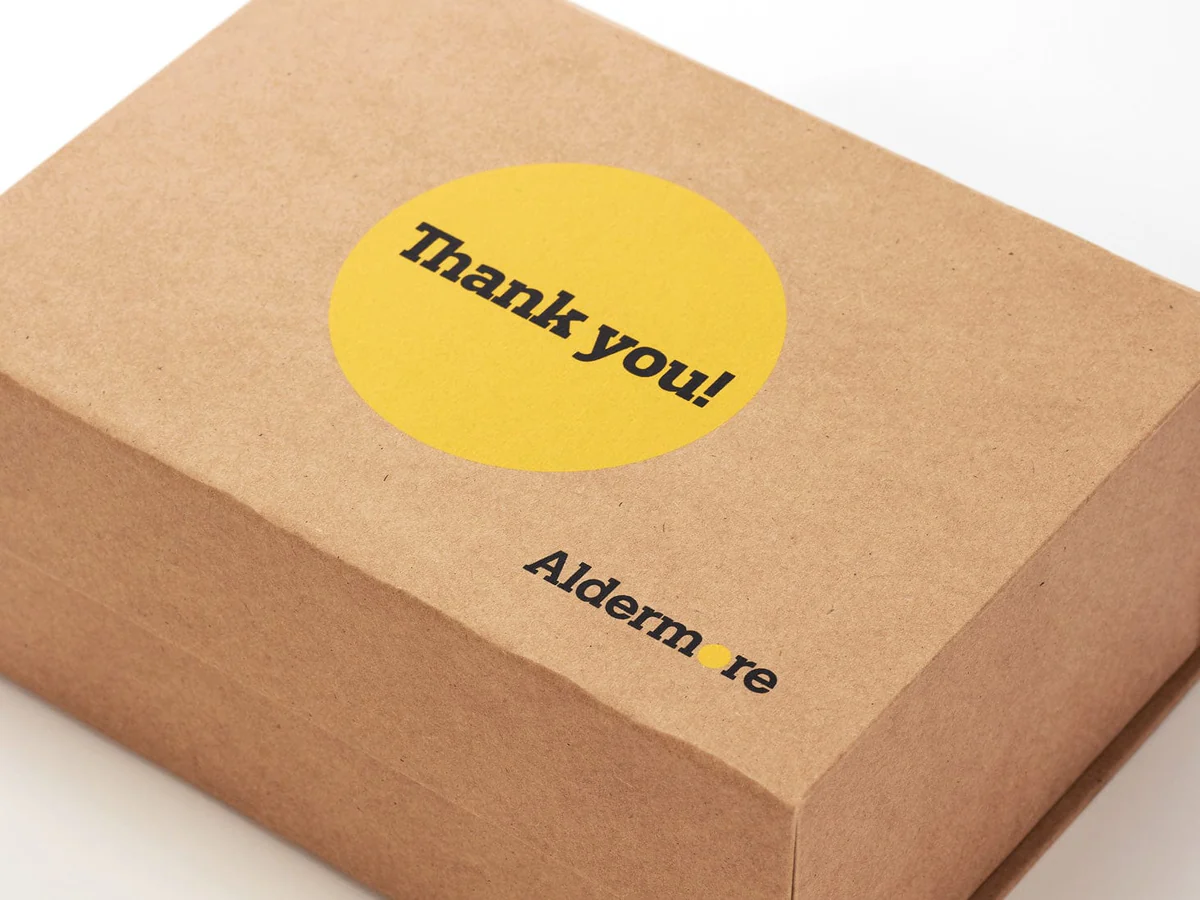The finishing of a packaging box plays an important role in improving the quality of the box.
Enhances Appearance: Finishing processes such as gloss or matte lamination, spot UV coating, and foil stamping can give a packaging box an attractive and professional look, making it stand out on the shelves and grab customers’ attention.
Provides Protection: Finishing processes like gloss or matte lamination can provide an extra layer of protection to the packaging box, making it more resistant to wear and tear, moisture, and other environmental factors.
Improves Durability: The application of a finishing coating can help to strengthen the surface of the packaging box and reduce the risk of damage during handling, transportation, or storage.
Creates Texture: Finishing processes like embossing or debossing can create a textured effect on the surface of the packaging box, adding a tactile element to the packaging that can enhance the overall sensory experience of the customer.
Provides Information: Finishing processes like barcode printing can provide important information about the product, such as its price, manufacturing date, and other details, making it easier for customers to identify and purchase the product.
In summary, finishing processes can significantly enhance the overall quality of a packaging box by improving its appearance, providing protection, increasing durability, creating texture, and providing important information to the customer.
Here are ten common finishing processes for packaging boxes:
- Gloss or Matte Lamination: A glossy or matte film is applied to the box to enhance its appearance, provide protection, and improve durability.
- Spot UV Coating: A clear and shiny coating is applied to selected areas of the box, creating a contrast between the coated and uncoated areas.
- Foil Stamping: A metallic or colored foil is stamped onto the surface of the box to create an eye-catching effect.
- Embossing: A raised design is created on the surface of the box by pressing it from the inside, giving it a 3D texture.
- Debossing: A depressed design is created on the surface of the box by pressing it from the outside, giving it a 3D texture.
- Die Cutting: A process in which a specific shape is cut out of the box using a sharp steel cutting die.
- Window Patching: A small window is created on the box by cutting out a portion of the box and attaching a clear plastic film to the inside of the box.
- Perforation: A series of small holes or cuts are made on the box to create tear-off sections or a perforated opening.
- Gluing: The box is glued together to create its final shape and structure.
- Barcode Printing: A barcode is printed on the box to allow for automated tracking and identification of the product inside.
Post time: Jul-06-2023







